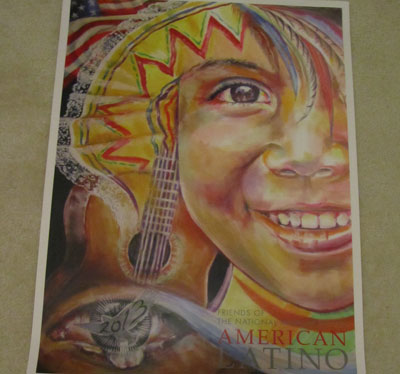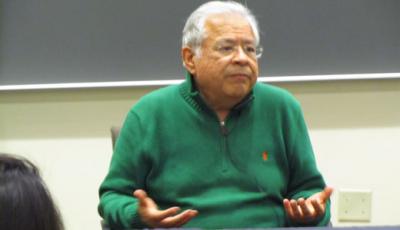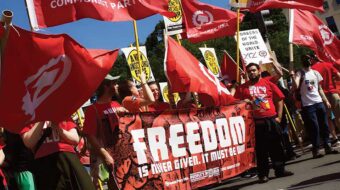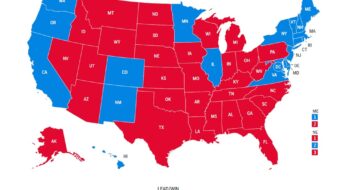
LOS ANGELES – The Smithsonian National American Latino Museum, already 20 years in the planning, will be a reality some day, but no one can say when.
A public town hall meeting on the plan, at the University of Southern California campus here Dec. 6, featured panels of artists, curators, academics, public relations specialists, and Congressman Xavier Becerra, D-Calif., who has championed the project for years in Washington.
Such town halls around the country have stimulated widespread interest and support for the project in cities with significant Latino populations.
But getting 50 million Latinos in the U.S. to agree on the character of the museum, whose experience it should represent, where it should be located, what it will include, and how it will be funded – these are complex issues requiring a great deal more dialogue. Some of these differences boiled over in animated exchanges at USC.
A consensus around the museum is that its presence on the National Mall in Washington is necessary. However, construction has been closed off there in order to preserve the cityscape of the national historic area. So planners are looking to remodel an unused site already on the Mall, the old Arts and Industry Building.
The Smithsonian Institution is known as the “great school,” but Latinos have long felt their contributions to be absent from the curriculum. Much of the Latino history that is left out needs deeper research. David Hayes-Bautista, professor of medicine and director of the Center for the Study of Latino Health and Culture at UCLA’s School of Medicine, pointed out that the most iconic Latino holiday, Cinco de Mayo, was first observed in Los Angeles during the U.S. Civil War as a protest against slavery and for democracy, at a time when Spanish-speaking cavalry units fought on the Union side.
Some might argue that separate museums for different ethnic, religious, and other groups, shouldn’t be necessary. Why can’t our institutions cover everyone? Yet decades – and centuries – of history show that minorities are never fairly or proportionately represented in art galleries, museums, textbooks, media, nor among the upper ranks of the professional, business, and political worlds.
At the same time, the social sciences have shown that culture is far more than finely painted portraiture by European-trained artists. An original example of the short-handled hoe that Latino and immigrant farm workers were forced to use, bent over our crops in torturous back-breaking labor, may be the most telling document of its time and place.
The argument for a Latino museum is not only that Latino stories need to be told, but that their very telling affects all of the other stories in the various museums on the Mall. But how to tell them? In today’s times, are the media of new technologies perhaps more important for today’s audiences than the message itself?
Filmmaker Moctesuma Esparza took umbrage at this suggestion. A1960s-era activist for civil rights and equality, Esparza has produced a score of feature and TV films, many on Chicano themes, and won numerous awards.
“The only reason we’re beginning to have this conversation is that we’ve reached the point where we’re beginning to have power,” he said. “Our historic culture has been disrupted. If it had not been, our artifacts would be here. Ours is a journey of working-class people in the main.”

The task of the museum, Esparza continued, is to tell that story so that it is “a beacon to the planet.” Its message, he said, is: We are all here. The worth of the individual and the pursuit of happiness is a human right. “Let our bloodletting define the story, what the American dream is all about, which is actually for everyone,” Esparza said.
Fundraising estimates for the museum run to half a billion dollars, assuming the federal government matches that for the rest of the cost. At least, says Becerra, the bipartisan Latino Caucus in Congress is unified on the idea.
Two Nican Tlaca representatives, speaking toward the end, said they were defending the indigenous peoples of the Americas. They denounced the Latino Museum as a “white supremacist” concept “that glorifies the racist genocidal Spaniards [and] the holocaust of our people.”
One look at the poster created to promote the Latino Museum suggests that the indigenists have an important contribution to offer. Their arguments will certainly have to be taken into account as plans evolve.
Top photo: Poster for the proposed Latino Museum. Eric Gordon/PW
Second photo: Moctesuma Esparza speaks at the USC panel. Eric Gordon/PW







Comments